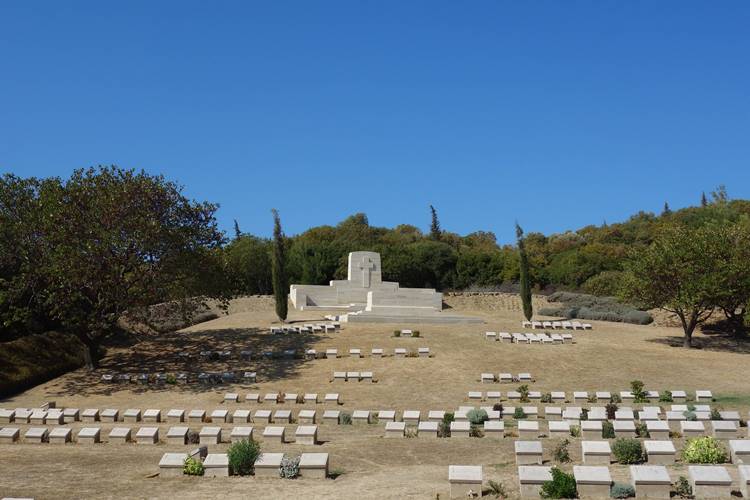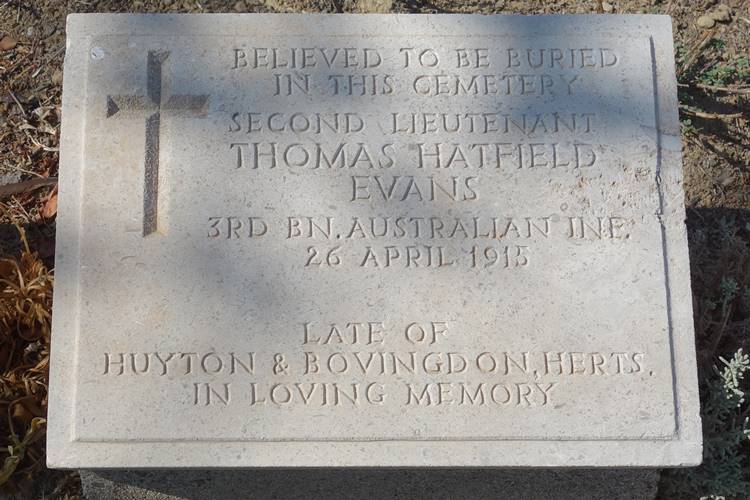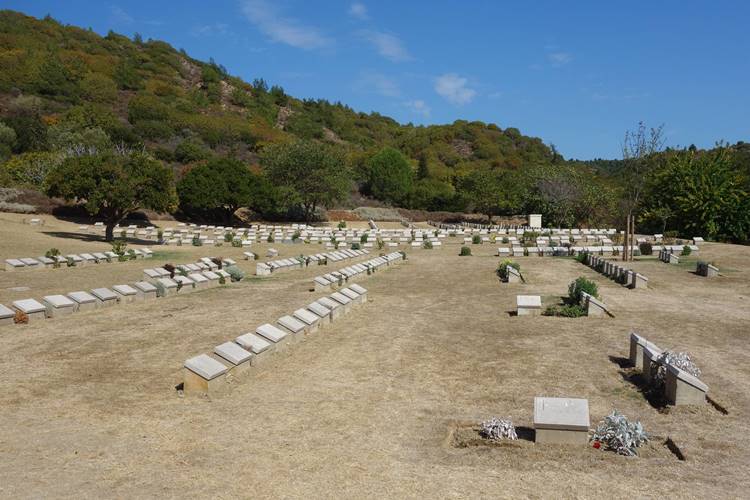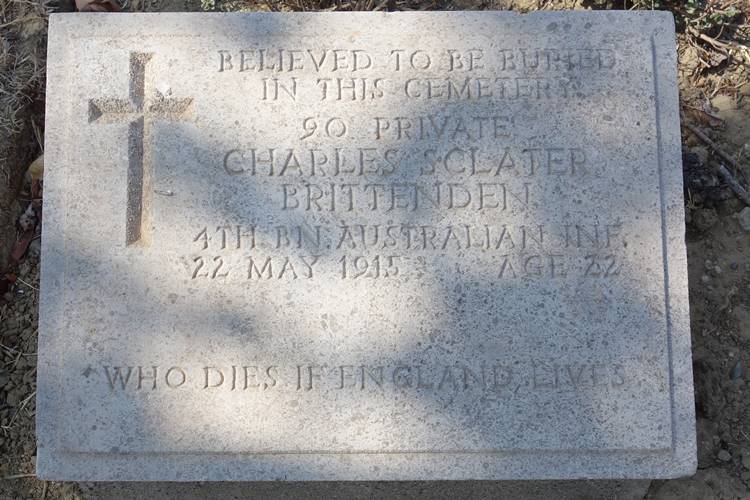This article is about the Shrapnel Valley Cemetery, Gallipoli and is one of a number of articles I have written about Gallipoli. I have also written guides to help you research soldiers who served in the British Army during the First World War:
Shrapnel Valley Cemetery, Gallipoli

The Shrapnel Valley Cemetery was used for burials from the day of the landings, 25 April 1915 through to December 1915. The majority of soldiers buried in the cemetery were serving with the Australian and New Zealand Army Corps when they were killed. After the war, the Shrapnel Valley Cemetery was used to concentrate burials in the surrounding area. 

I remember you son very well, as also the sad happening on the date in question. I gave your son a Christian burial, in a small cemetery at the head of Walkers Road, just at the entrance of Wire Gully. There were some forty other Anzacs buried in this place, and I had a cross erected over these, but of course, these crosses were used by the Turkish soldiers, after the evacuation, for firewood, which was very scarce on Gallipoli, hence the difficulty of finding your son’s grave. The following particulars would assist the searchers to locate your son’s body.
The cemetery is on the left hand side, at the top of Walker’s Road, 30 yards from where the 4th batt. Headquarters was located for some three months. This left hand side presupposes that the searcher would be walking up from the beach.
I trust that these particulars will enable the Authorities to locate the body, and so bury your boy in one of the Official cemeteries that have since been set aside.
You can read more about Brittenden in his service record here: Charles Sclater Brittenden.

